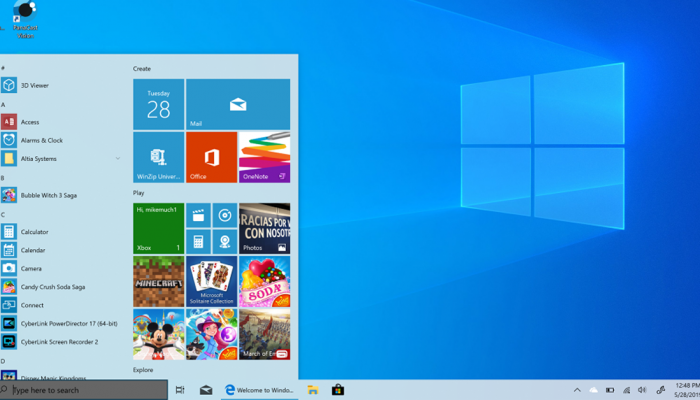Tech marketers, take note: For Petri.com readers, Microsoft is one technology provider they can’t do without — but that doesn’t mean the relationship is always an easy one. Consider these technology decision-makers’ Windows upgrade habits. According to a recent Petri survey, a whopping 97% of respondents have made the move to Windows 10, at least for some systems. But when it comes to Windows upgrades, that audience is evenly split between respondents who counted themselves satisfied or very satisfied with Microsoft’s semi-annual releases and those who are “somewhat satisfied” or not satisfied. How can you help buyers overcome their Windows frustrations — and build relationships in the process?
The bottom line on Windows 10 woes
The first step is understanding what bothers your customers the most about Windows upgrades. Here’s a sampling of their responses when Petri asked, “If you could change Microsoft’s Windows 10 update process, what would you modify?”
- “Give enterprise clients more control. Fewer mistakes by Microsoft.”
- “Make it yearly. Separate apps to be independent of OS (Edge, 3D Paint, Mixed Reality) so they are easier to remove.”
- “Fewer ‘feature’ updates. Just stabilize the thing and fix bugs.”
- “Do more testing. MS is going to shoot us all in the foot one of these days.”
- “The updates sometimes appear to cause more troubles than it solves!!!”
- “Clearer control and reduced confusion.”
- “Warn me before it updates.”
The comments are in line with Microsoft’s struggles to tighten up its upgrade processes, which came to the forefront when many enterprise buyers resisted moving from Windows 7 to 10. Fixed a lot of things. Can select only one upgrade per year. Microsoft’s upgrades are always a source of anxiety, both because the OS is so critical to business operations and because of the frequent technical issues customers encounter. (Consider the spate of compatibility issues that arise almost every Patch Tuesday.) Petri readers’ concerns reflect some hesitancy about what the latest upgrades entail, and skepticism about the practice of rolling out app and feature updates along with improvements to Windows’ core performance and functionality.
How can you help?
- Whatever curves Windows 10 upgrades throw your customers, it’s a lot easier to address them when the latest version is running on just a few machines instead of across the organization.
- That’s why best practice dictates policies that test new Windows 10 revs within the IT department before deploying them to end-users. Unfortunately, many business buyers still cut corners on this important step.
- That’s an opportunity for you to add value and open new conversations with your customers.
- Besides ensuring their companies have tested the compatibility of its own products with the latest Windows 10 release, smart marketers do the testing their buyers might otherwise overlook.
- Don’t wait for your customers to complain about Windows 10 snafus; implement your own internal testing policies to ensure you can alert them proactively to any issues.
- That means creating your own deployment rings to run the release through its paces in a staged rollout within your own company. That’s smart policy not only for the smooth operation of your business, but as a way of modeling success and providing early answers to your corporate partners.
- Windows 10 is essential to your customers, and your own best practices can make you essential to them as well








